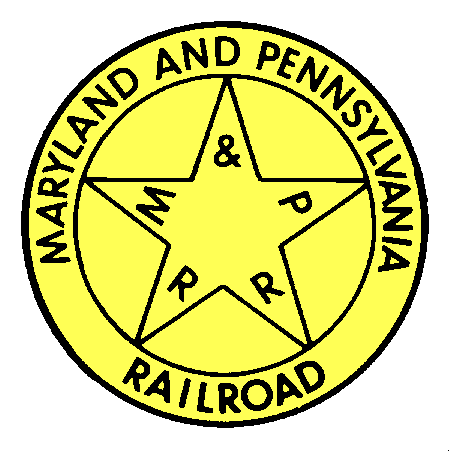OK, where to begin.. It's been a couple of weeks since the last update, so let me go over the progress made since the last posting. I'll get to the Heat Miser in a little bit..
I've continued making progress in the yard at York PA, and in fact, I have almost all the track fitted. All that is left to do is to go back and glue everything down.
 |
| Looking down the yard throat into the York yard. |
This past Wednesday night, Ralph Heiss and Dave Ramos came over to give me a hand installing some fascia. They also helped me test hang some backdrop.
 |
| Dave is applying Liquid Nails to one of the 4' fascia pieces. Remember, the layout is built in 4' sections so it can be moved if necessary. |
 |
| No, Ralph isn't playing air piano.. He's just holding up a section that was just glued while Dave tacks a brad into it to hold it up while the glue dries. |
The test of the backdrop was a failure. The PVC flashing material I'm using is too flexible. It did not take kindly to the distance between the studs when we attached it. I have to go back and put some kind of support behind it to keep it from flexing and curling at the top and bottom edges. We figure we can use either furring strips across the studs, or 12 " wide by 4' long 1/2" plywood connected to the studs, or 2" thick Styrofoam wedged between the studs might work for backdrop support. I'll have to think about these options before deciding and moving ahead.
Now about my "Extra Days off.. Thanks Heat Miser" posting.
I bring this up because I'm somewhat amused, confused, and just plain mystified over the amount of traffic that post has generated, which by the way is the most out of any I've written to date. I cannot for the life of me figure out what is drawing people to that post. The traffic source tracker on Blogger shows that 98% of the people going to that post are coming from Google searches.
My question is: Is the Heat Miser that popular of a guy? Or was it the lure of maybe somehow, Mr. Heat Miser makes it possible for people to get extra days off?
I guess only the Heat Miser knows for sure. ;)






















